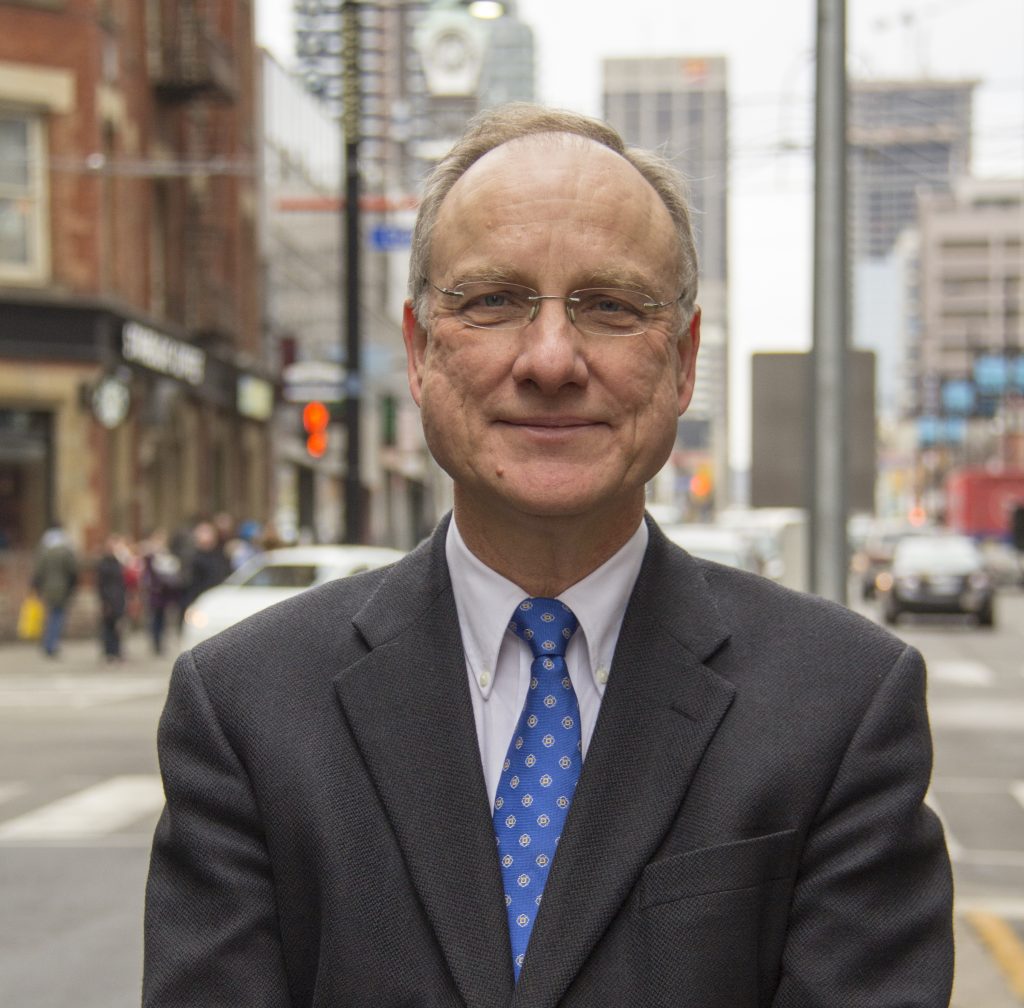
Q&A: Getting to know the BCRSP’s new leader
October 15, 2020
By
OHS Canada
David Johnston is the new chair of the Board of Canadian Registered Safety Professionals

On July 1, David Johnston was appointed chair of the Board of Canadian Registered Safety Professionals, succeeding Monica Szabo. (Photo submitted)
On July 1, David Johnston was appointed chair of the Board of Canadian Registered Safety Professionals (BCRSP), succeeding Monica Szabo.
Located in Mississauga, Ont., the BCRSP sets certification standards for the occupational health and safety profession.
Johnston is the 25th chair of the certification body and will serve a one-year term.
Responses have been edited for length and clarity.
OHS Canada: What does it mean to you to become chair of the BCRSP?
David Johnston: It’s obviously a great honour and at the same time I feel the weight of responsibility to the many CRSP and CRST certificants and their expectations.
Like many things in my life, I didn’t set out with this specific goal. Instead it seems to have just happened as time went on. And like those other things I have done, I plan on giving 100 per cent to meet — and hopefully exceed — expectations.
It’s a wonderful achievement, but I take the responsibility very seriously and hope I can deliver.
What unique perspective do you bring to the position?
DJ: I don’t know if my perspective is unique or not, but I have a wide range of experience and success in multiple industry sectors across Canada dealing with federal and five provincial jurisdictions. In addition, I’ve served on multiple boards and advisory councils dealing with occupational health and safety.
What I have learned from those experiences is that the safety profession is a transportable skill set that can be effectively applied in any work environment. The basic and fundamental principles of safety apply in any occupational setting.
It is incredibly important to recognize this point because all too often we see employers who want a safety practitioner with “industry experience.” This is nonsense.
What employers really need are competent safety professionals with credentials. By credentials, I mean someone who meets basic educational requirements, demonstrated work experience in effectively applying and managing safety principles, passing a written exam on the subject of safety, conforming to a code of ethics, and demonstrated ongoing education and professional development.
What are the main hopes and goals you wish to achieve in your one-year mandate?
DJ: The main hope and goals are nothing special or revolutionary. The BCRSP board has established a well-thought-out and ambitious strategy based on four pillars. My goal is to continue to support and execute that strategy.
In particular, I hope to advance our advocacy efforts for formal government recognition of safety professionals, the accreditation of educational institutions, and the building of a national framework that would include and engage all persons whose work includes occupational health and safety — for example, occupational health nurses, occupational hygienists, and organizations such as the Canadian Society of Safety Engineering (CSSE).
This is critical because unless we speak with one voice, government regulators have made it clear they will not formally recognize the safety
profession.
How are you using your influence to instil change within the profession?
DJ: This is a tricky question. There are many people who claim to be a “safety professional,” but lack the formal credentials to make that claim.
I know this statement will be a lightning rod for some, but think about accountants, lawyers, engineers and other professionals. All of these professions have a formal established credentialing process.
We wouldn’t hire any of these professions without the credentials to back them up.
The same requirement needs to apply when hiring safety professionals.
What do you think is the most pressing issue in occupational health and safety today?
DJ: The most pressing issue in OH&S today is that anybody can represent themselves as a “safety professional.” One lawyer told me their case load would be reduced by over 50 per cent if legislation existed to control the safety profession.
In most provinces, house inspectors, beauty salon technicians and others are regulated and controlled by provincial legislation ostensibly to protect the public. Yet no such legislation or controls exist in the safety profession.
Safety professionals are making what are truly life and death decisions every day and legislation is needed to protect the public from unqualified or incompetent individuals.
The BCRSP is calling on provincial governments to enact legislation to provide what is known as “Title Protection” to ensure the public is protected from unqualified and/or incompetent persons who claim to be a “safety professional.”
Imagine if something as simple as that could reduce occupational injuries and illness by 50 per cent. What’s stopping us?